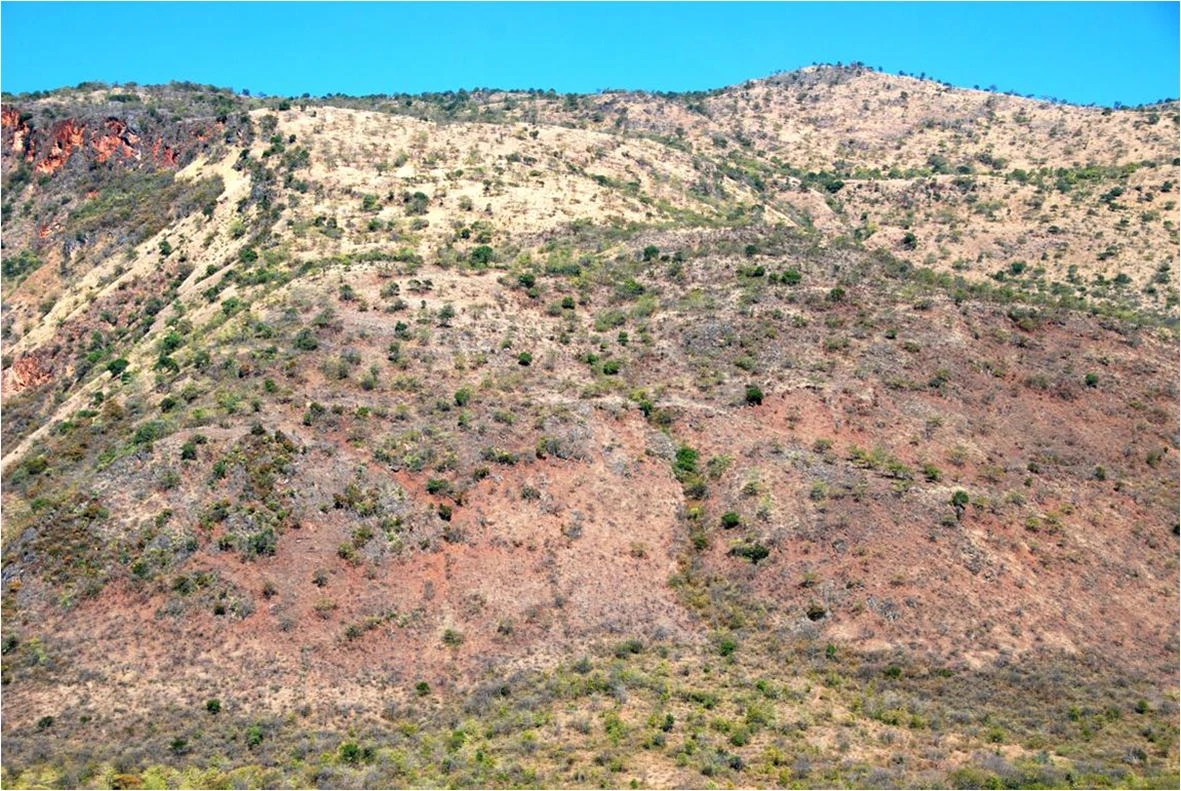The savanna-like vegetation or dry thickets, including woodland and dry thorny shrubs, occur in hot dry valleys and some dryer habitats in southeastern Asia. The savanna-like vegetation in southwestern (SW) China is distributed mainly in Yunnan Province in the deep, hot, and dry valleys of several big rivers.
In a study published in The Botanical Review, researchers from Xishuangbanna Tropical Botanical Garden (XTBG) studied the flora and biogeography in hot dry valleys with savanna-like vegetation in SW China. They aimed to understand the biodiversity, biogeography, and possible affinity of the flora of the savanna-like vegetation in hot dry river valleys of SW China, and test to what extent the geological events since the Cenozoic influenced the flora and its divergence of the savanna-like vegetation.
The researchers compiled floristic inventories of the savanna-like vegetation in the hot dry valleys (the Jinshajiang, Yuanjiang, and Nujiang) and their reaches based on intensive fieldwork, specimen identifications and data collections from the herbaria of Kunming Institute of Botany and Xishuangbanna Tropical Botanical Garden, CAS.
They found that the flora of the vegetation dominates by tropical families and genera except the most species-rich families with cosmopolitan distribution, and is fundamentally tropical in nature. Regarding floristic similarities, the Jinshajiang shows the highest similarity to the Yuanjiang although these river valleys are located a great distance from each other.
Moreover, the geological events since the Cenozoic, such as the uplift of Himalayas, the extrusion of Indochina, the river capture of the Jinshajiang separating from the Yuanjiang, and the northward movement of the Burma Plate, could influence the evolution and divergence of the flora of the vegetation in hot dry valleys in SW China.
“Our study could be clues to explore the possible formation of the savanna-like vegetation,” said Prof. ZHU Hua of XTBG.
Contact
Prof. ZHU Hua Ph.D
Center for Integrative Conservation, Xishuangbanna Tropical Botanical Garden, Chinese Academy of Sciences, Menglun, Mengla, Yunnan 666303, China
E-mail: zhuh@xtbg.ac.cn

Savanna-like vegetation in the hot dry valley of Yuanjiang, SW China

